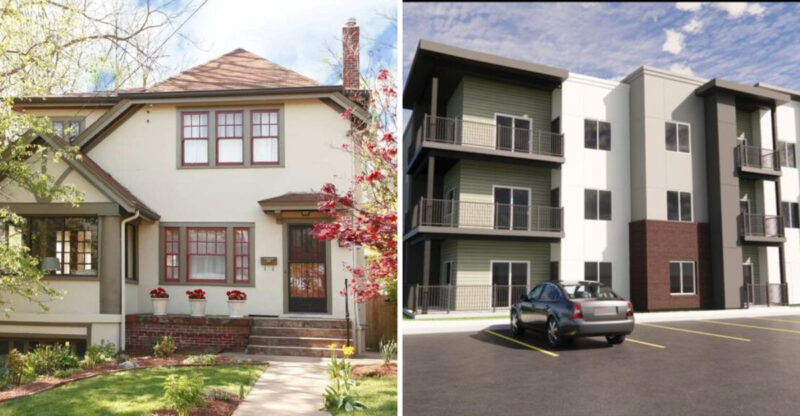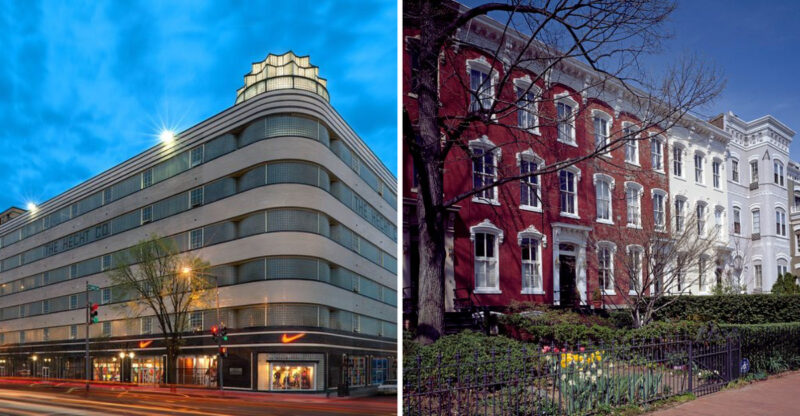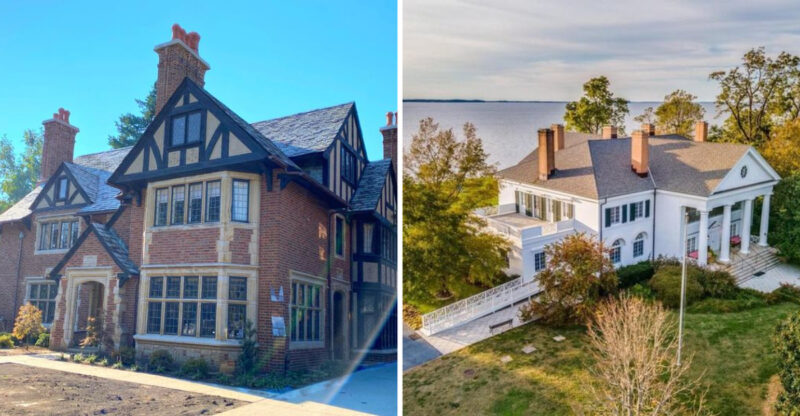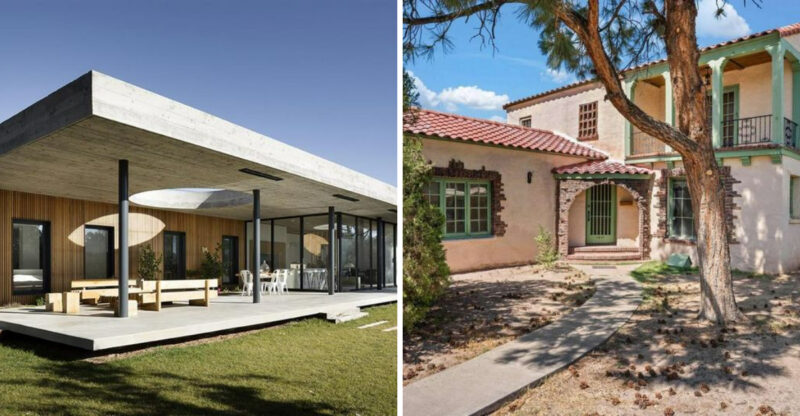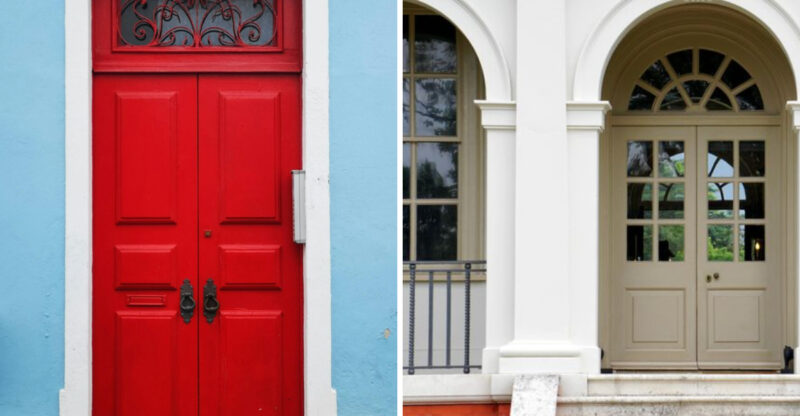12 Hidden Costs Of Flipped Homes Buyers Should Watch Out For
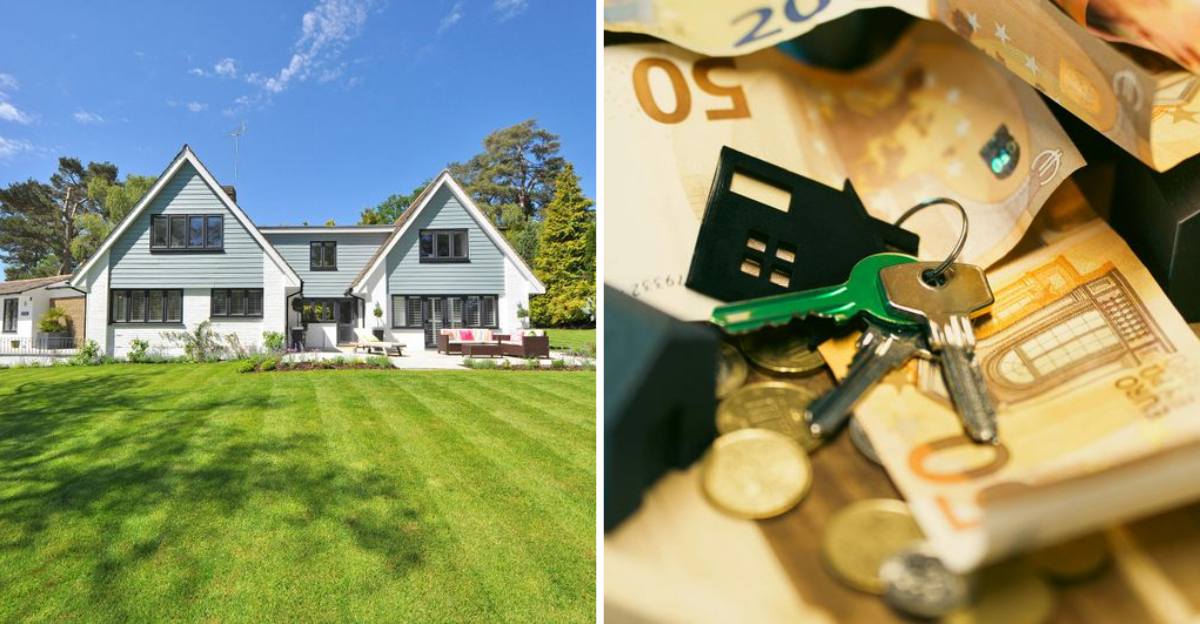
Purchasing a flipped home can feel like hitting the jackpot everything looks brand-new, polished, and ready to move in.
Yet behind that pristine appearance, hidden costs often await, from overlooked repairs to shortcuts in renovations. Many buyers only discover these surprises after closing, which can quickly turn excitement into stress.
Being aware of these potential pitfalls ahead of time can help you make a smarter, more informed investment.
1. Inspection Fees
Most homebuyers know they need a standard home inspection, but flipped properties often require specialized inspections. Since flippers aim to maximize profits, they might cut corners in areas not immediately visible.
A thorough electrical inspection can reveal if the impressive new lighting fixtures are actually connected to outdated wiring. Plumbing inspections might uncover that beautiful new bathroom has pipes ready to burst. HVAC specialists can determine if that heating system will survive another winter.
These specialized inspections typically cost $300-$600 each, potentially adding $1,500+ to your upfront costs. Worth every penny though discovering a major issue before purchase beats finding it during your first winter in the home!
2. Appraisal Charges
Lenders require appraisals to verify the home’s value matches the loan amount, but flipped homes can trigger additional scrutiny. When a property’s value jumps significantly in a short time, banks often request more detailed evaluations.
Standard appraisals cost $300-$500, but enhanced appraisals for flipped properties might run $700-$1,000. If the appraisal comes in lower than expected, you’ll face tough choices: negotiate a lower price, cover the difference in cash, or walk away potentially losing your earnest money.
Many buyers don’t realize they might need second appraisals if the first raises red flags about the rapid value increase. This doubles your cost and extends your closing timeline by weeks.
3. Unexpected Repairs
Cosmetic renovations often mask serious structural issues that emerge weeks or months after purchase. I’ve seen new homeowners discover that beautiful accent wall was actually hiding major water damage or that the pristine ceiling concealed roof leaks.
Flippers typically focus on visual appeal updated kitchens, bathrooms, and fresh paint while sometimes neglecting foundations, roofing, or major systems. Foundation repairs can cost $10,000+, while complete roof replacements might run $15,000-$25,000.
Smart buyers set aside 1-3% of the home’s purchase price as an emergency repair fund. For a $300,000 home, that’s $3,000-$9,000 you should have readily available for those unwelcome surprises that inevitably pop up during your first year.
4. Permit Costs
Discovering unpermitted work in your flipped home can trigger a cascade of expenses. Flippers sometimes skip building permits to save time and money, leaving you responsible for bringing everything up to code.
Your city might require you to open up walls for inspections, redo electrical or plumbing work, or even remove additions entirely. One homeowner I know had to completely rebuild a beautiful master bathroom because it was constructed without proper permits and violated several building codes.
Retroactive permits often cost double or triple the normal rate, plus potential fines. Even worse, your insurance might deny claims related to unpermitted areas. Before buying, ask to see permits for all major renovations and verify them with your local building department.
5. Pest Control Treatments
Fresh paint and new flooring can temporarily hide evidence of pest problems. Termites, carpenter ants, and rodents cause structural damage that flippers might cover up rather than properly address.
A standard home inspection doesn’t typically include thorough pest examination. Dedicated pest inspections cost $75-$150 but can save you from discovering you’re sharing your new home with unwanted residents. Treatment for an active termite infestation averages $2,000-$3,000, while comprehensive prevention systems might cost $1,500+ to install.
Did you know? Termites cause over $5 billion in property damage annually in the US, and most homeowners insurance doesn’t cover it! Look carefully at baseboards, attics, and crawlspaces during viewings fresh paint in these areas sometimes indicates the seller is hiding something.
6. Utility Hookups
When homes sit vacant during renovations, utilities are often disconnected. Reconnection fees and deposits can add up quickly, especially if you’re moving from an apartment where utilities were included.
Electric companies typically charge $10-$50 to activate service, but many require security deposits of $100-$300 if you don’t have an established payment history. Gas line inspections before service restoration might cost $50-$150. Water and sewer connection fees vary widely by municipality, sometimes reaching $300+.
Cable and internet installation can add another $50-$200, depending on whether the home needs new wiring. If the flipped property has upgraded appliances or systems, expect higher monthly utility bills than the previous usage history suggests. Budget at least $500-$1,000 for total utility setup costs.
7. Homeowner Association Fees
Surprise HOA fees can dramatically impact your monthly budget. Some flippers specifically target homes in HOA communities because the exterior maintenance requirements are often handled by the association, allowing them to focus entirely on interior renovations.
Beyond regular monthly dues ($200-$400 in many communities), special assessments can pop up unexpectedly. I’ve seen new homeowners hit with $5,000+ special assessments for community repairs within months of purchase.
Request and thoroughly review the HOA’s financial statements, meeting minutes, and upcoming project plans before buying. Red flags include inadequate reserve funds, frequent special assessments, or pending litigation. Also verify whether HOA fees are likely to increase soon – many associations raise rates annually but sellers don’t always disclose this.
8. Title Insurance
Flipped properties often have complicated ownership histories that can lead to title problems. If a home was foreclosed upon, went through a short sale, or changed hands multiple times quickly, title issues become more likely.
Standard title insurance policies cost $1,000-$3,000 depending on the home’s value. However, properties with complicated histories might require enhanced coverage or additional research, increasing these costs by 10-30%.
Title insurance protects you if someone later claims ownership interest in your property or if liens emerge from the previous owners. Without it, you could lose your home or face paying off someone else’s debts! Pay special attention to the title search results for flipped properties multiple recent transfers or short ownership periods should prompt extra scrutiny.
9. Closing Costs
Flipped properties often come with higher closing costs because lenders view them as riskier investments. If a home was purchased and resold within 90 days, many mortgage companies require additional documentation and appraisals.
These extra verification steps can add $500-$1,000 to your closing costs. Some lenders also charge higher origination fees or require larger down payments for recently flipped properties. FHA loans have specific seasoning requirements if the flipper owned the home less than 90 days, you might not qualify for FHA financing at all.
Always get a detailed Loan Estimate from multiple lenders to compare closing costs. Ask specifically about any additional fees related to purchasing a flipped property. Total closing costs typically run 2-5% of the purchase price, but can climb higher with flipped homes.
10. Loan Origination Fees
Financing a flipped property often comes with higher loan origination fees because lenders consider these transactions riskier. If the home’s value increased significantly in a short period, your lender might charge additional points or fees to offset their perceived risk.
Standard origination fees range from 0.5% to 1% of the loan amount, but for flipped properties, they might jump to 1.5% or higher. On a $300,000 mortgage, that’s the difference between $1,500 and $4,500 in upfront costs!
Some lenders also require larger down payments for recently flipped homes. Shop around with multiple mortgage providers, as policies vary widely. Local banks and credit unions sometimes offer more favorable terms than national lenders for these properties. Always ask specifically about any “flip fees” or additional costs related to the property’s recent renovation history.
11. Landscaping Expenses
Flippers typically focus their budgets inside the home, often neglecting the yard entirely. That pristine interior might distract you from noticing dead trees, poor drainage, or invasive plants outside that will cost thousands to address.
New homeowners frequently underestimate basic landscaping costs. Professional lawn grading to prevent water from flowing toward your foundation starts around $2,000. Removing a single diseased mature tree can cost $1,500+, while establishing new healthy turf might run $2-$4 per square foot.
If you’re viewing a flipped home during winter, you might miss these issues entirely. Request off-season photos if possible, and have a landscaping professional assess the property. Outdoor improvements protect your investment while creating usable living space.
12. Property Taxes
The significant increase in property value after a flip often triggers a reassessment that dramatically raises your tax bill. Many buyers calculate affordability based on the seller’s current property taxes, not realizing those figures reflect pre-renovation values.
Property tax increases can add hundreds of dollars to your monthly payment. For example, if a flipper bought a distressed property for $150,000 and sold it to you for $300,000, your tax bill might double from what they were paying.
Contact your local tax assessor’s office before purchasing to understand when reassessments typically occur and how the renovation might impact your taxes. Some jurisdictions reassess immediately upon sale, while others operate on set schedules. This research helps you budget accurately and avoid payment shock.


